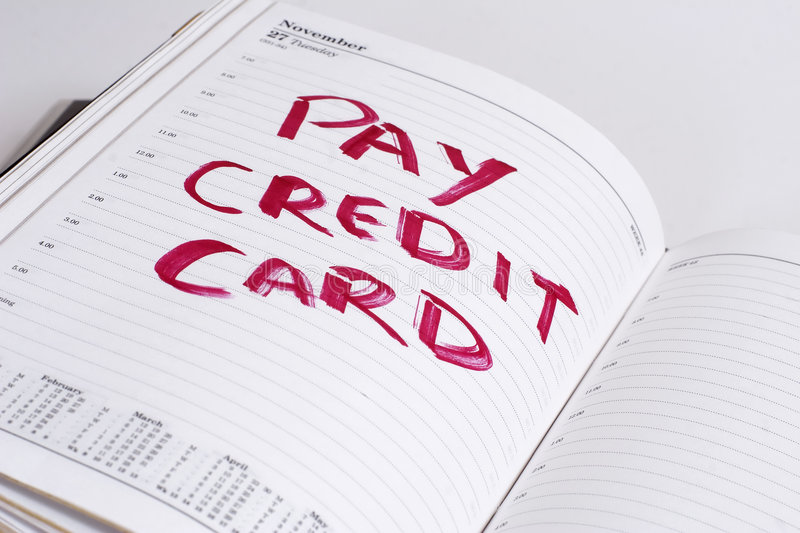We’ve been there.
You had a rough month or even a rough year. You charged a bunch of money onto your credit card and now you can’t even make the minimum payments.
You just want it to go away, but you don’t want your credit to go in the toilet.
You keep getting those letters in the mail with bigger, scarier numbers. We’re not here to shame you – we’re here to help you understand it.

eventually you resort to writing in your calendar with lipstick
Most importantly – how do you preserve or salvage your credit, or at least how do you keep it from being permanently affected?
If you want to have decent credit in the future – avoid the settlement arrangement. It sounds nice – you owe $2000 which is now $2400 with late fees, and for the low rate of $980, you can settle your balance.
What results in your credit having a scarlet letter “A” is a settlement arrangement for less than the full balance.
And guess what – a lot of credit card companies and debt collectors try to steer you towards it. They know you don’t have funds available, but it’s a way to get as much money as possible without worrying about dealing with you again.
Think about it: it’s the same as that friend who owes you money. You know they’re never going to give it back in full, but you just want SOMEthing from them, even if it’s a couple hundred bucks. You’ll never forget it either – and credit agencies are the same way.
Depending on the report, an annotation is made for debt settlements – and if you settle for less than the full balance due, then that is looked at less favorably than if you just go ahead and make a payment arrangement for that full balance.
Of course, there’s still going to be a minor speed bump on the report saying “hey there was this card that wasn’t settled while it was in use” – so the best thing to do to mitigate any more fallout is making minimum payments in a payment arrangement on the FULL balance.
The larger monthly payment arrangement is, the sooner you can come to paying down that full balance. Some settlement arrangement credit cards can stay on a report for 4 years. Negotiating a pay plan is vital because the options available in order of worst to best are:
- Ignore it forever and have debt collectors chase you – worst option
- Arrange to a settlement and don’t pay in full
- Arrange to a settlement and do pay in full
- Arrange to pay the full balance and don’t pay in full
- Arrange to pay the full balance and pay it slowly
- Arrange to pay the full balance and pay it quickly
- Arrange to pay the full balance and pay it completely
Start with 5.
Move to 6 as a stepping stone to 7.
If your debt has been sent from the credit card companies, talk to the debt collectors directly. They’re not all evil and shady – some just have an account they want to collect money on, and they’re going to attract more flies with honey than vinegar (which would you rather pay or fight – the company that says they’ll help you put together an arrangement, or the one that calls at odd hours and threatens?)
Imagine how good it would feel to take that sword of Damocles over your head – that credit card bill that still hasn’t been paid – and winnow it down to a toothpick. You can pay it slowly, but your best bet is to pay it in full.


